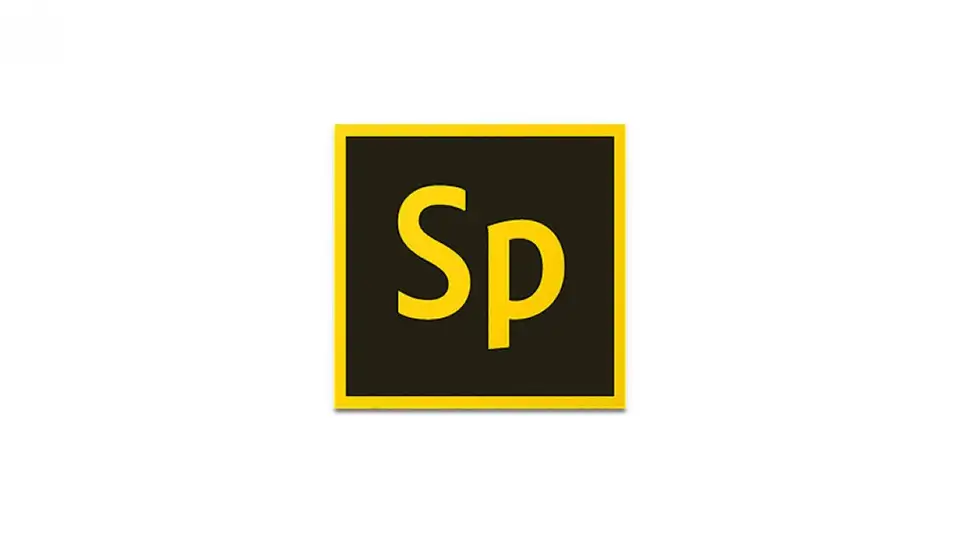Are you tired of reading short stories without truly grasping their deeper meanings? Do you want to impress your English teacher or book club with your deep analytical skills? Look no further, because in this article, we will guide you through 5 steps to analyze a short story like a pro.
First, we will teach you how to read a short story carefully, capturing important details that might seem insignificant at first glance.
Then, we will show you how to analyze the characters, examining their motivations and personalities to understand their roles in the story.
Next, we will delve into the story?s setting, understanding its contribution to the overall message.
We will then identify themes and symbols, uncovering deeper meanings beyond the surface plot.
Finally, we will evaluate the author?s craftsmanship, analyzing the writing techniques used to create a powerful narrative.
With these 5 steps, you will be able to impress anyone with your deep analytical skills and gain a deeper appreciation for the art of short story writing.
Key Points
- Reading carefully is crucial to identifying important details and literary devices.
- Analyzing characters? motivations and relationships can provide insight into the plot and themes.
- Examining the setting can provide historical context and symbolic meaning.
- Understanding the author?s craftsmanship, including techniques and style, is essential for a deeper appreciation of the story?s message.
1. Read the Story Carefully
You need to slow down and really immerse yourself in every word of the story if you want to truly experience it. Don?t rush through it or you?ll miss all the emotions and details that make it amazing.
Pay attention to the characters, setting, plot, and themes. Take notes if necessary, jotting down any questions or observations that come to mind.
Reading a short story carefully means not only paying attention to what happens, but also how it happens. Look for the author?s use of literary devices such as symbolism, metaphors, and foreshadowing.
Consider how the characters develop throughout the story, and what is revealed through their actions. Note the setting and how it influences the overall mood and tone of the story.
By reading carefully and taking notes, you will be able to analyze the story like a pro and uncover its deeper meanings and messages.
2. Analyze the Characters
It?s important to take a closer look at the characters in the story and really get to know them. This is because character development is a crucial aspect of a great short story. As you read the story, pay attention to the characters? motivations and how they advance the plot.
Ask yourself what drives each character and what their ultimate goals are. To delve deeper into the characters, consider the following points:
- Look for clues about their past experiences and how these shape their current actions.
- Analyze their relationships with other characters and the dynamics at play.
- Identify any conflicts or obstacles they face and how they respond to them.
By analyzing the characters in this way, you can gain a deeper understanding of the story as a whole. This also allows you to see how the characters? actions, motivations, and relationships drive the plot forward.
So, take the time to really get to know the characters and you?ll be able to appreciate the story on a whole new level.
3. Examine the Setting
Exploring the setting of a short story can transport you to different times and places, creating a more immersive reading experience. The setting of a story includes the physical location, time period, and social environment in which the characters exist. It can be a powerful tool for the writer to convey the tone and atmosphere of the story, as well as to provide symbolic meaning and historical context.
The setting can have symbolic significance that adds depth and meaning to the story. For example, a story set in a decaying, run-down house might symbolize the deterioration of the characters? relationships or their personal struggles. Similarly, a story set in a lush, beautiful landscape might represent the characters? longing for a simpler, more perfect life.
Additionally, the historical context of the setting can provide insight into the characters? motivations and actions. For example, a story set during the Great Depression might explore themes of poverty and survival, while a story set during the Civil Rights Movement might delve into issues of race and discrimination.
By examining the setting, you can gain a deeper understanding of the story and its themes.
4. Identify Themes and Symbols
As you delve deeper into the short story, you?ll start to recognize symbols and themes that may represent deeper meanings and messages, drawing you into the allegory of the author?s imagination.
Symbolic representation is one of the key elements of a short story that subtly conveys the author?s message. Symbols can represent various things such as emotions, concepts, or objects, and can be used to develop a deeper, more meaningful connection between the reader and the story.
Thematic motifs, on the other hand, represent the central ideas or concepts the author wants to convey through the story. These themes can be explored through the characters, plot, and setting, and can provide deeper insights into the author?s perspective.
Identifying the themes and symbols in a short story can help you understand its deeper meanings, providing a more comprehensive understanding of the author?s message.
5. Evaluate the Author?s Craftsmanship
By diving into the intricacies of the author?s writing style, readers can gain a deeper appreciation for the craftsmanship behind the story and the message it conveys.
To evaluate the author?s craftsmanship, one must analyze the techniques employed and the writing style used by the author. This will help readers understand how the author creates an engaging story and how they use their writing style to convey the message.
The techniques used by the author can include the use of foreshadowing, symbolism, and allegory. By analyzing these techniques, readers can understand how the author creates a sense of tension and drama within the story.
The author?s writing style can also be evaluated to understand how the author uses language and structure to convey the message. This can include analyzing the use of dialogue, pacing of the story, and the use of literary devices such as metaphors and similes.
By evaluating the author?s craftsmanship, readers can gain a deeper understanding of the short story and appreciate the skill and artistry behind it.
Evaluating the author?s craftsmanship is an important step in analyzing a short story. By understanding the techniques employed and the writing style used, readers can gain a deeper appreciation of the story and the message it conveys. By analyzing the author?s craftsmanship, readers can gain insights into how the story is constructed and the skill and artistry behind it.
Conclusion
By following the five steps outlined in this article, you can delve deeper into the characters, setting, themes, symbols, and the author?s craftsmanship to gain a comprehensive understanding of the story.
As you close the book and reflect on your analysis, imagine yourself standing atop a mountain, gazing out at a breathtaking landscape. You can see every detail, every nuance, every shade of color.
In the same way, by thoroughly analyzing a short story, you gain a full picture of its complexities and hidden meanings.
With these newfound skills, you can approach any short story with confidence, knowing that you have the tools to uncover its secrets.
 Indonesia
Indonesia 









